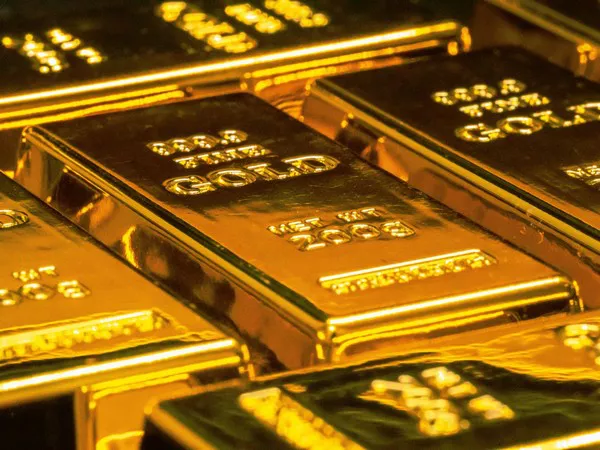Historically, gold and the U.S. dollar have shown an inverse relationship, where a stronger dollar weakens gold prices, and vice versa. However, in 2023 and 2024, both gold and the dollar experienced simultaneous strength, a phenomenon driven by several factors.
Why Both Gold and the Dollar Rose Together
- Geopolitical Tensions: Ongoing conflicts like the Russia-Ukraine war increased demand for both gold and the dollar as safe-haven assets.
- Central Bank Purchases: Countries like China and Russia expanded their gold reserves, diversifying away from dollar-based assets and supporting gold prices.
- Inflation Hedge: Despite rate hikes by the Federal Reserve, persistent inflation concerns kept gold attractive as a hedge.
Gold as an Inflation Hedge
Gold typically thrives when inflation rises, especially if the Federal Reserve doesn’t act aggressively through rate hikes. In 2023-2024, inflation concerns, coupled with expectations that the Fed might ease rates, allowed gold to rise alongside the dollar.
Ongoing Economic and Geopolitical Uncertainty
Gold’s role as a hedge against instability continues to gain traction, with recent geopolitical tensions driving both gold and the dollar to new highs. Record trading volumes in gold options in April 2025 reflect growing investor demand for safe-haven assets during uncertain times.
Is the Relationship Normalizing?
While the traditional inverse correlation between gold and the dollar may return in some market conditions, factors such as global uncertainty and central bank diversification continue to disrupt this dynamic. Gold’s price is increasingly influenced by real interest rates, inflation expectations, and geopolitical risks rather than dollar strength alone.
In summary, while the gold-dollar relationship may partially normalize, global uncertainties suggest that this dynamic remains fluid, requiring investors to adopt flexible strategies.


